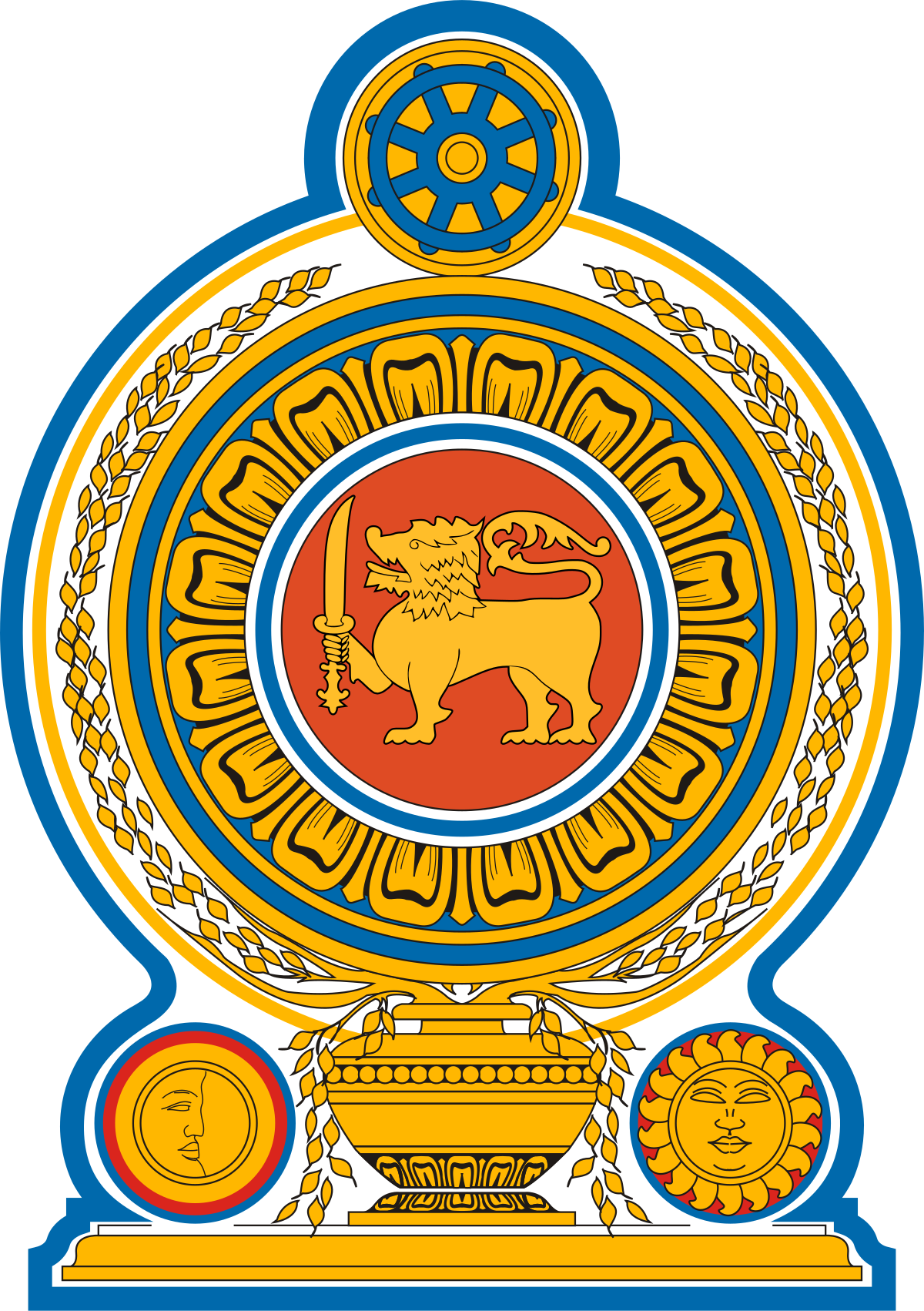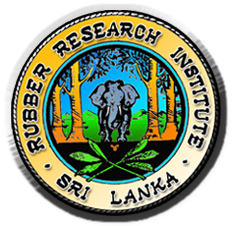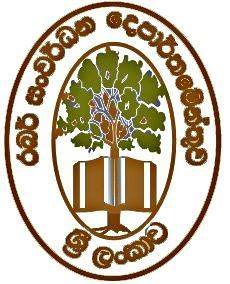Para Rubber tagged in the scientific name Heavea Brasiliensis is commercially cultivated across the continents of Africa and Asia as an eco-friendly crop of plantation. Sir Henry Wickham introduced the rubber tree to Sri Lanka in the year 1876 and the first ever rubber tree was planted in the Botanical Gardens of Henarathgoda in Gampaha. After the cultivation of it commenced. This cultivation started off from Kalutara after 1890 and saw its extension spread out to the Western, Central and Southern regions as well.
Rubber has predominantly been cultivated in districts such as Kegalle, Kalutara, Ratnapura, Gampaha and Colombo. Moreover, rubber cultivation is prevalent in districts such as Matara, Galle, Kandy, Matale, Kurunegala, Badulla and Nuwara Eliya. And Currently prevalent in higher proportions in the districts of Monaragala and Ampara whilst the districts of Hambantota, Vavuniya and Anuradhapura have their prevalence in lesser proportions.
The Rubber Control Department which was established under Ordinance No. 06 of 1934 was converted into to Rubber Development Department (RDD) since year 1994. The RDD Plays a significant role in the enhancement of the Plantation Sector by implementing the regulations made by the Hon. Minister of Agriculture and Plantation Industries under the powers vested by the Ordinances and Acts of rubber plantation.
A large number of value-added rubber-based products are manufactured in Sri Lanka and the products of this country fetch a very high demand internationally because of their superior quality and durability. The rubber-based industries in Sri Lanka are on the rise and a large amount of foreign exchange could thereby be yielded through the export of rubber products with a promising price instead of the raw rubber exported in its primary state





